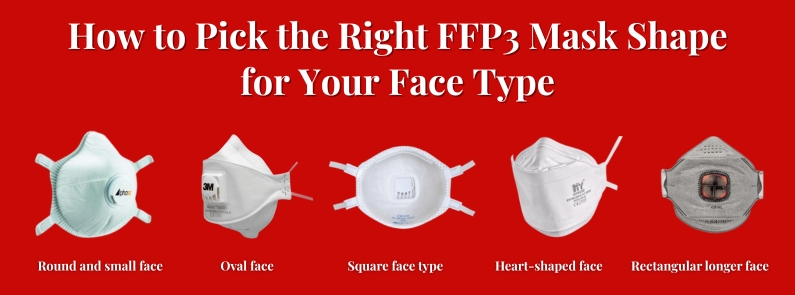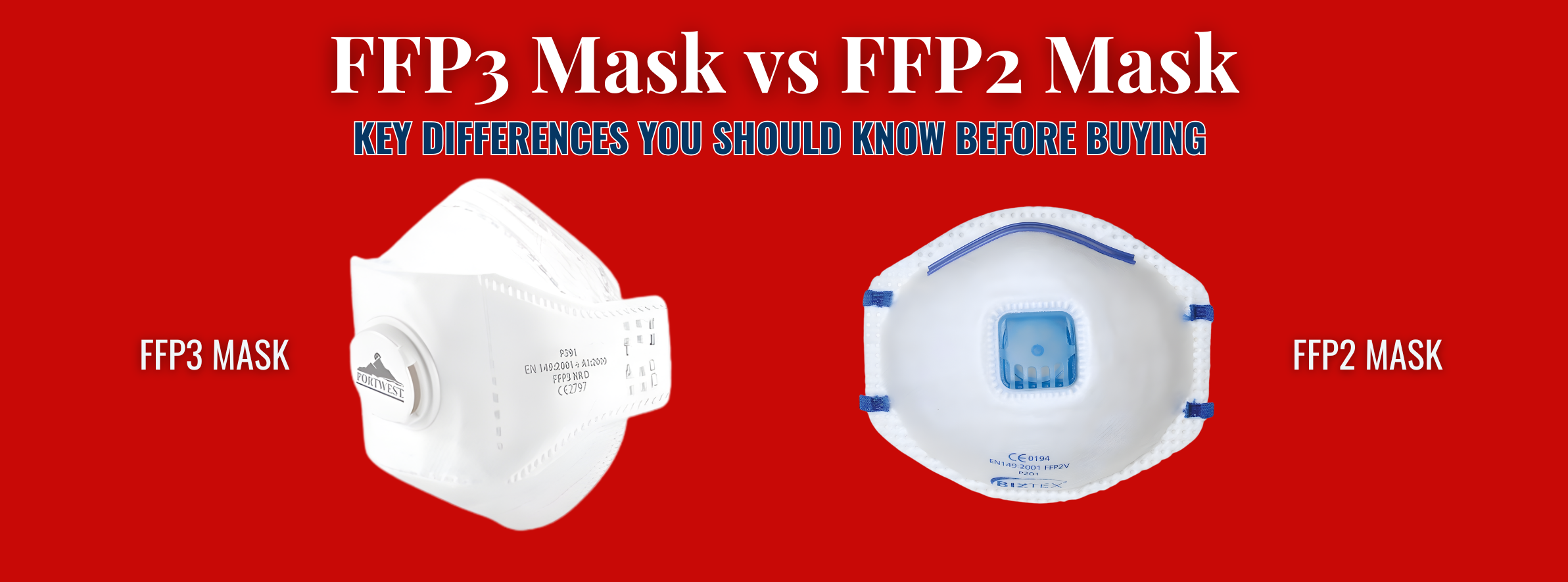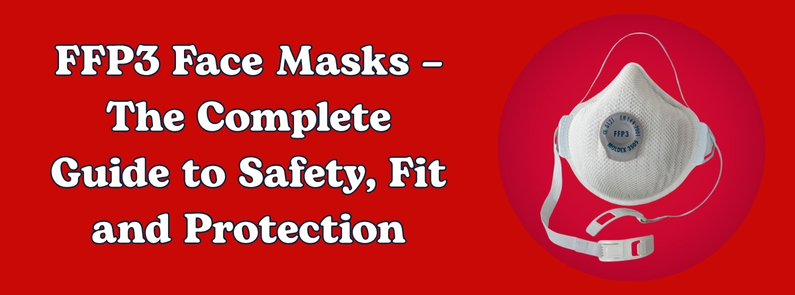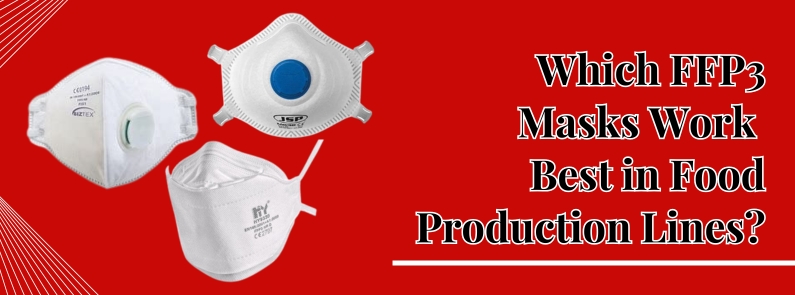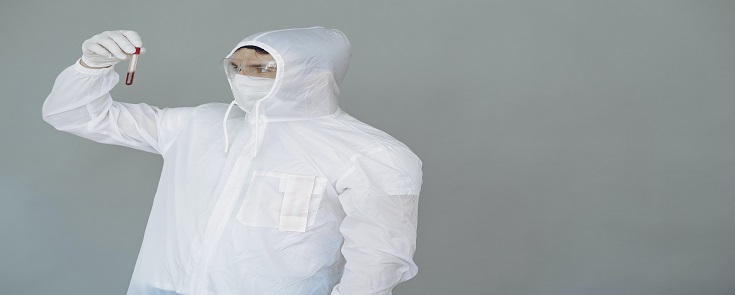
The raging COVID-19 pandemic made Personal Protective Equipment or PPE a household name. However, PPE is must-have protective gear for professionals working in sectors such as aerospace, bioengineering, construction, disease control, and more. Also known as protective coveralls, these are designed to protect you from any unforeseen health hazard.
When used correctly, PPE offers numerous benefits that extend well beyond just saving lives. Here are a few benefits of note.
1. Better and improved work safety
When your employees wear PPE properly, it reduces the chances of them getting injured in the workplace. Some of the most common injuries to occur are head, and leg injuries, especially for people working in construction. Wearing a hardhat and a booth with a good grip is the best way to prevent any such incidents. It will further help your organization to maintain a healthier workforce and build a reputation for having the best health and safety culture.
2. Reduced risk of illnesses
If your employees are exposed to harmful chemicals, corrosive substances, poisonous gases, infected bodily fluids, and more, it is imperative to wear protective overalls. PPE safeguards you from any life-altering long-term or short-term afflictions. For instance, one of the most hazardous gas to inhale is crystalline silica. Using a high-quality dust mask can prevent you from inhaling large quantities of this known carcinogen.
3. Preventing the spread of communicable diseases
PPEs help prevent the communication of fatal viruses and bacteria from one person to another. Wearing them, without fail, in hospitals or other workplaces ensures that you don’t come in direct contact of the infected person.
4. Wards-off court cases
Both the employer and employee run the risk of becoming liable for the injuries that occur in the workplace. If an employee willfully ignores the health and safety guidelines and decides not to wear the protective gear, then s/he are at risk of not getting adequately compensated. It is thus advisable for employees to go through the guidelines thoroughly before commencing the work.
Similarly, employers who fail to enforce the proper safety measures in their companies, as set by the Health and Safety Executive (HSE) or Environmental Health Office (EHO), can be prosecuted. Furthermore, failure to comply may incur heavy fines and/or disqualification.
5. Lost opportunities
It can become excessively damaging for a business to falter on safety guidelines. Getting dragged to court in a liability suit can negatively impact your bottom line. You will not be able to retain or recruit new employees. You might lose on important tenders or business collaboration with other organization. Therefore, it is wise to invest in health and safety measures.
How to correctly use PPE?
There are different ways to wear PPEs from different brands. A little bit of training and practice may be required for the first few times. Here is a general step-by-step guideline.
- Get yourself a complete PPE kit. Make sure the size is according to you.
- Before starting to wear, sanitize your hands properly.
- Begin by putting on the protective gown first. Most PPE gowns come as a one-piece suit which opens from the front.
- Put on a face mask or if you are a painter, use the spray mask. Remember to cover both your mouth and nose. Do not pull it down under your chin.
- Wear the face-shield or goggles.
- Lastly, put on your gloves and get to work.
After finishing up your work and before heading home, take off all the protective gear one by one. This next part is even more crucial than wearing the PPE. Remember these are disposable coveralls, so it is vital that you dispose of them properly. Once again sanitize your hands properly.
Conclusion
Wearing a PPE might feel like a burden at times. And it is normal as it restricts the normal movement of the body. However, wearing one will protect you from life-threatening incidents. Ask your employer to provide you with a PPE kit and if they have provided one, check to see if it meets the safety standard.

